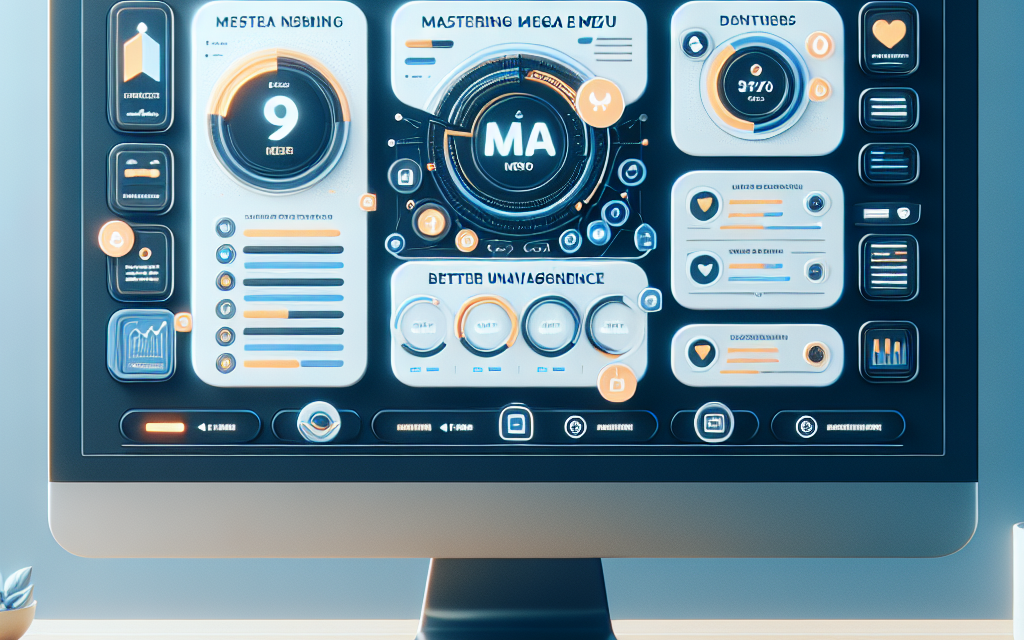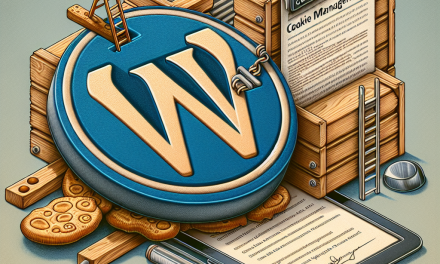In the digital landscape of today, user experience is paramount. It can make or break a visitor’s impression of your website. One of the key elements influencing user experience is site navigation. For this reason, mastering mega menus should be high on your web development to-do list. In this article, we’ll explore how mega menus can enhance your site navigation and improve user experience.
What is a Mega Menu?
A mega menu is a dropdown menu that displays multiple options or categories simultaneously, rather than a simple linear list. It can showcase visuals, icons, and various links, thereby providing a comprehensive overview of what a user can find on your site.
Benefits of Mega Menus
-
Improved Organization: With a mega menu, you can categorize items in a more organized way, allowing users to find what they’re looking for quickly.
-
Showcase Featured Content: Mega menus allow you to highlight specific products or services, promoting them effectively.
-
Enhanced User Engagement: More choices within the menu can keep users on your site longer, increasing the chances of conversion.
-
Better Mobile Experience: Many modern mega menus are mobile-responsive, providing a seamless experience across different devices.
How to Implement Mega Menus on Your WordPress Site
Step 1: Choosing the Right Theme
First, ensure that your WordPress theme supports mega menus. Many premium themes come with built-in mega menu functionality. If your theme doesn’t support it, consider switching to one that does, or you can use a mega menu plugin.
Step 2: Using Plugins
There are several plugins that can help you create a mega menu easily. Here are a few you might consider:
- Max Mega Menu: A highly flexible plugin that allows you to create complex menus easily.
- UberMenu: A premium plugin known for its versatility and customization options.
- WP Mega Menu: Another excellent choice for simplifying the creation of mega menus on WordPress.
For more plugin recommendations, check out the WordPress Plugin Directory.
Step 3: Styling Your Mega Menu
Styling your mega menu is equally important. Ensure it’s consistent with your site’s overall design. Use visual elements like images and icons judiciously to draw attention without overwhelming users.
Step 4: Testing and Optimizing
After implementing your mega menu, make sure to test it on various devices and browsers. Gather user feedback to continuously improve the functionality and usability of your navigation.
Best Practices for Mega Menus
To make the most of your mega menu, consider these best practices:
- Limit Choices: Too many options can confuse users. Aim for a balanced number of items.
- Use Clear Labels: Clear, descriptive labels are crucial for helping users navigate quickly.
- Include Search Functionality: Incorporating a search bar within the mega menu can tremendously enhance user experience.
- Ensure Accessibility: Make sure your mega menu is easy to use for everyone, including those using assistive technologies.
Conclusion
Mastering mega menus can significantly enhance your site’s navigation and improve user experience. By following best practices and leveraging the right tools and plugins, you can create an intuitive, comprehensive, and engaging navigation system for your WordPress site.
Ready to take your WordPress site to the next level? Explore WafaTech NextGen WordPress hosting for a seamless experience that allows for better performance and scalability. For more details, visit WafaTech WordPress Hosting.
By enhancing your navigation with mega menus, you can not only improve user experience but also drive more engagement and conversions on your site. Dive in, get creative, and watch your site flourish!





